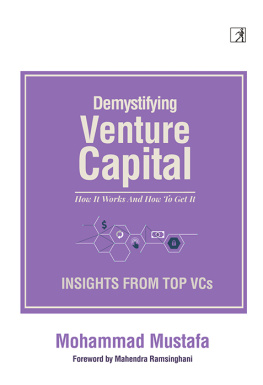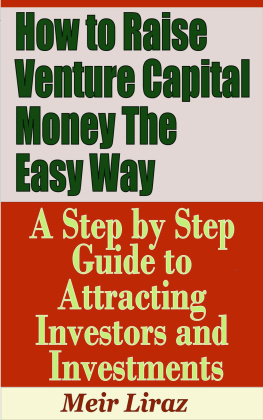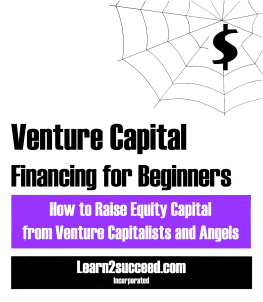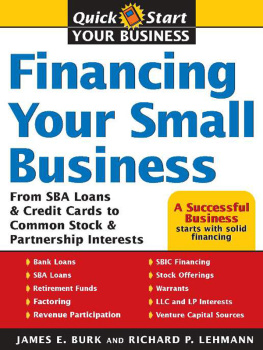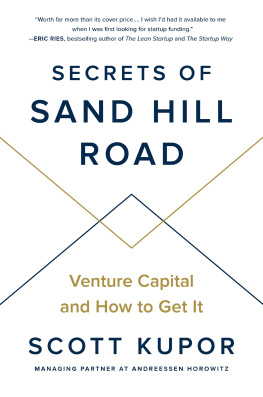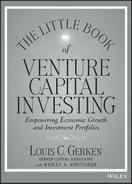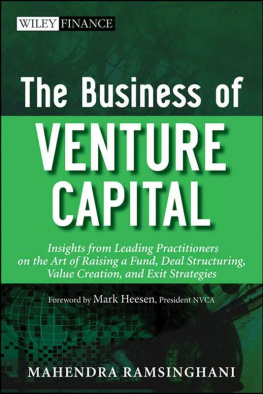
ABOUT THE AUTHOR
Mohammad Mustafa is an IAS officer and was till recently the Chairman and Managing Director of Small Industries Development Bank of India (SIDBI). As an official of the Indian Administrative Service (IAS), batch of 1995, he has more than 25 years of experience in Government services. He has held a number of posts with government and public sector institutions including Joint Secretary (Banking) of the Ministry of Finance for the Government of India and has spearheaded several initiatives to improve the health of financial sector in the country. He has also been CMD of National Housing Bank and Managing Director of CERSAI.
With a keen interest in the venture capital and startup ecosystem of the country, Mohammad Mustafa is deeply involved in the development of the same in his official and personal capacity. Under his leadership, SIDBI addressed the key requirement of availability of capital to startups through supporting various venture capital funds and Alternative Investment Funds (AIFs) in India, under its Fund of Funds (FFS) program. One of the important steps taken towards transforming the Fund of Funds operations was the implementation of a predictable rating model for investments done in various AIFs. Additionally, he has also been responsible for the implementation a robust mechanism for monitoring of Funds portfolio companies.
As part of his academic pursuits, he has been working to simplify the understanding of the venture capital landscape in India. His research papers on the subject of venture capital have been published in National and International Journals. His paper entitled, Overview of Venture Capital Landscape in India, has been published in The Journal of Private Equity. His paper on Fund of Fund operations was published in the management journal of Indian Institute of Management, Shillong. One of his co-authored paper entitled Determinants of Venture Capital Investment in India: A Time Series Analysis has appeared in the renowned international journal, Review of Finance and Banking. He is currently working on developing a predictable decision-making model for venture capital firms.
His role at SIDBI has provided him an opportunity to interact with vastly experienced venture capital managers, and he continues to leverage their collective experience, and a shared vision, to create a meaningful impact for entrepreneurs in our country.

FOREWORD
Let a thousand entrepreneurs bloom. And if venture capital be the fertilizer that helps these founders to grow, this book brings an urgent, timely and an important perspective on venture capitala financial segment that is rapidly shaping the future of the countrys economic growth and development.
Mr Mohammad Mustafa wields both his official position and his pen to shine a light on the foundations of the business of venture capital in India. The book tackles not only the basics, which are universally acknowledged and accepted, but is possibly the first such endeavor to highlight the contributions specific to the Indian venture capital market. Embedded within this book, you will find his experience, wisdom and market insights with his broad brush strokes on startup ecosystems, venture funds, their strategy and structure and above allthe lessons they have learned from failures. As far as I understand, IAS officers do not get rewarded for writing books. Yet Mr Mustafa has brought his unique qualifications to bear for the greater good of the Indian entrepreneur and the venture capital ecosystem.
For the reader, this book has some crisp and clear takeaways. You may be an aspiring MBA student looking at venture capital as a career path. Or you may be an international funda GP or a LPseeking insights into the growth and potential of the Indian venture capital ecosystem. Possibly the head of a family office seeking to allocate capital to this rapidly growing asset class. This book weaves:
a) Global best-practices and investment frameworks customized to the Indian context
b) Data, trends and insights in how the Indian venture capital ecosystem has evolved
c) Views and insights of the best-in-class Indian venture capital investors
Above all, I found the section on faltering and failures to be valuable. At the time of writing this foreword, SoftBank, which raised the worlds largest venture capital fund at $100 billion, has suffered a $4 billion write-off with WeWorkthe largest venture capital loss ever. As investors, we seldom reflect enough on why / how we fail. We are not incented to discuss failures, but society celebrates chest-thumping IPOs and mega-exits. It is our duty to continue to improve our game and minimize LP losses while generating risk-adjusted returns.
Venture Capital plays an important role in nurturing the dreams of the nascent entrepreneur who may have to otherwise bootstrap their way to success. To see the world through the eyes of such an entrepreneur, to support them yet understand the pitfalls and risk, and to deliver superior financial returns are the hallmarks of any good investor. The Indian ecosystem has started to grow and flourish on the international landscape. The country, once seen as a service economy or a back-officea software development center, call center or a cost-management center, is now being seen for what it can truly becomea country of founders who can take on business opportunities at the national, even global scale. India is still less than 5% of global venture capital market and as success begets success, I am sure these numbers can only go up. But we have a long way to go. The market capitalization of publicly listed companies in the US is $30 trillion. India is 15X smaller in that contextwe are at $2 trillion. China is at $6 trillion and 5X smaller than the worlds largest economy. So as we set our eyes on the future, we have our work cut out for ourselves.
To build a robust entrepreneurial ecosystem, a number of elements need to come together. First comes ambition, combined with integrity and performance. How can Indian entrepreneurs build the next Google, Microsoft or Adobe? Note that these three companies are run by Indian CEOs. If we have the capability to run such companies, why cant we build such companies from scratch? Can India create a thousand founders like Ritesh Agarwal, CEO of Oyo Rooms; a startup which grew to a $10 billion valuation in six years. Now, the world looks at the Indian entrepreneur more favorably, and no longer wonders if you can do it. In parallel, the role of government and policyholders can be an equally important stimulant. If we build an efficient legal framework, fair taxation, balanced bankruptcy laws and more, I am positive the Indian economy will continue to become stronger. How can the government continue to innovate at the pace of startups? As Mahatma Gandhi once said, The future depends on what we do today.
As the venture capital ecosystem starts to develop, we notice that the first wave of innovation is me-too companiesthese are the replica business models of Amazon or Uber applied to the Indian market dynamics. While this is not a moral judgment, we all know it is somewhat easy to copywe did that in our school test exams and it was a convenient escape to applying our own intellect in building an original business concept. However, our challenge lies in knowing our strengths, understanding our problems and building novel solutions to ensure economic growth from innovation. Venture capitals can help founders to reach a higher potential. And in doing so, one mantra that both founders and investors could establish is values above valuationfollow the highest good, engage the right people and success may come. But if we just chase the highest valuation, the biggest bidder, or the richest unclewe may end up paying a price. Indian Limited Partners (LPs) should also see this rising tide of opportunity to double-down and invest in venture funds, who in turn support the youth, the founders who are building the future economic fabric of the country. One LP I spoke with pooh-poohed the idea of making 20% IRR when his real-estate investments were yielding much higher returns. But investing in land does not help solve problems, nor does it build a future for society. It does make the LP very rich, but strikes at the heart of self-interest versus greater good for the society. Venture capital catalyzes new businesses, often driven by technology at its core creating new pools of value in the process. While land may offer great returns, its static. It trades on demand and supply but nothing new is created. I lost that debate and the LP still looks at real estate as the primary investment opportunity. Meanwhile savvy venture capitals (Softbank included) hedge funds and other international LPs are circling Indian markets, as they see the potential to grow their assets.
Next page
